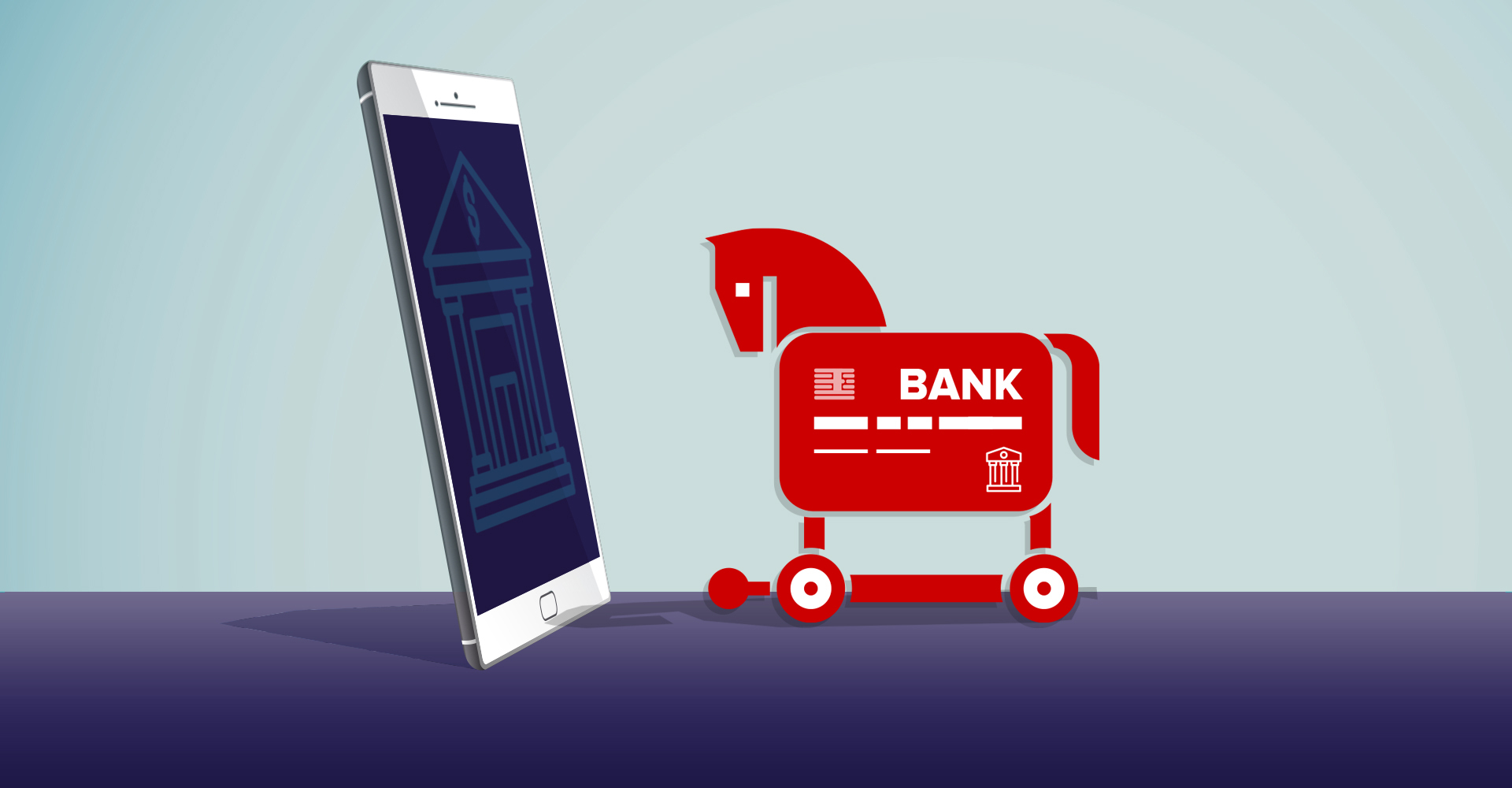Banking trojan (also known as a financial malware) is a type of malicious software designed to specifically target online banking functionality. Malware authors employ various techniques to bypass existing security measures for the purpose of stealing confidential information stored on a user’s computer system, such as banking credentials, credit cards, and automated payment information. Banking trojans are among the most difficult and costly computer security threats, as they often lead to the theft of hundreds of thousands of dollars.
Banking trojans can be installed in two ways: by a rogue website, or by an email message with a malicious attachment. In the case of a website-based attack, the banking trojan will exploit a vulnerability found on the target website and then proceed to install itself on the user’s computer. In the case of an email message, banking trojans are most often distributed as concealed attachments. When the user opens the attachment, the trojan is automatically installed and begins to run in the background.
Banking trojans usually first seek out the user’s banking and payment-related credentials. These credentials can then be sent to the attacker who can use them to make unauthorized transactions. They can also use the credentials to infect other computers within the same network. Banking trojans can also steal credit card information or tap into online payment systems.
The majority of banking trojans use a combination of methods to cover their tracks. These methods include encryption, advanced social engineering ploys, and code obfuscation. Many banking trojans also use the Tor network to route their malicious connections through anonymous nodes, making it difficult for security professionals to trace the source of the attack.
Banking trojans are typically extremely difficult to detect and remove. This is because they are often designed to avoid detection by traditional security products. Security professionals recommend performing regular scans of the systems, installing security patches as soon as possible, and avoiding suspicious websites and email messages. Users should also investigate their automatic activity for any anomalous transactions and notify their financial institution in the event of a suspected infection.





